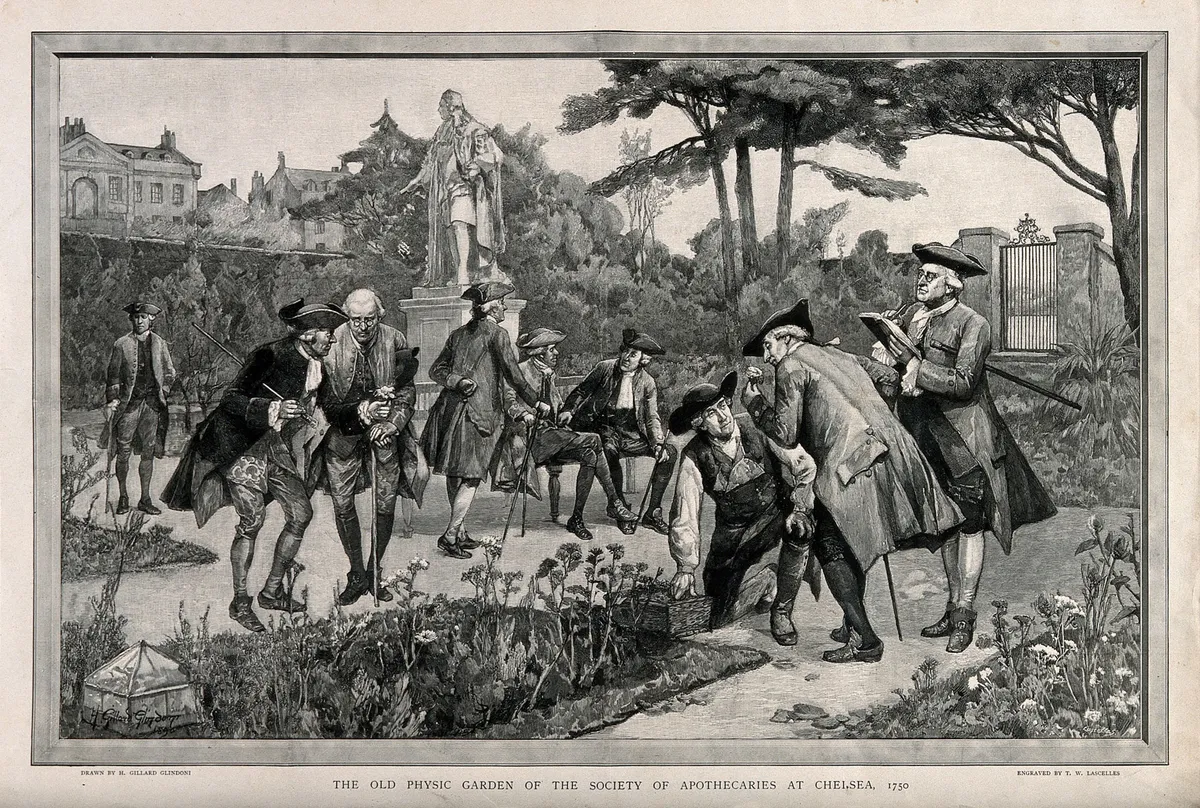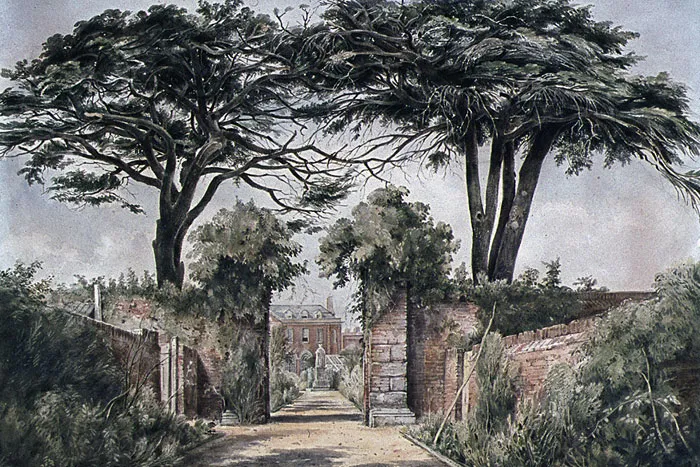This year marks 350 years since the Worshipful Society of Apothecaries first established a garden for growing medicinal plants on the banks of the River Thames. To celebrate the Chelsea Physic Garden's 350th Anniversary, we're taking a look at the garden's history, how things have changed since it was founded and the ways in which the garden is looking towards the future.
What is the Chelsea Physic Garden?
The Chelsea Physic Garden, established in 1673, is London's oldest botanic garden, and the second oldest in England after Oxford Botanic Garden (founded in 1621). Occupying four acres of land on the Thames embankment, the walled garden now holds a collection of over 4,500 plant species. Staying true to its history as a Physic Garden, the vast majority of the plants grown at Chelsea are medicinal, herbal or edible.
History of the Chelsea Physic Garden
Before becoming a physic garden, the warm south-facing site was home to a market-garden. The location in what was then Chelsea village was chosen by the Worshipful Society of Apothecaries due to its proximity to the river. They moored their barge on the Thames, which would allow them to conduct plant finding expeditions in the surrounding areas and teach their apprentices to identify plants.

The Apothecaries who founded Chelsea Physic Garden travelled widely gathering plants and knowledge about their healing properties. Unfortunately, the original owners of this knowledge were rarely credited. It is thought that the local healers and midwives that held this knowledge were often women, but we will likely never know their names or who they were. In spite of this, their legacy is undoubtedly visible in the garden today and this is something that the team is committed to shedding more light on.
The garden gained an international reputation early on as a result of a global seed exchange scheme, known as Index Seminum, which started in the 1700s and continues today.

In the 1680s, Sir Hans Sloane trained as an apprentice in the garden and then served as a physician to the Governor of Jamaica where he observed local women mixing cocoa with milk to treat stomach ailments. He brought this recipe back with him to the UK, where it would eventually be bought by Cadbury's making him very wealthy. In 1722, he purchased the Manor of Chelsea and leased the garden to the Worshipful Society of Apothecaries for £5 a year, which is still paid to his descendants today.

Ten years later, in 1732, the original buildings were established, including the orangery and glasshouses. A further glasshouse was built in 1902, but they received a direct hit during the Blitz in 1941. Glasshouse restoration projects, including that of the Victorian glasshouses will be completed this year ready for reopening.
In 2022, the garden reported on their 'microclimate emergency' in a world first revelation. They encouraged people to take a look at their own gardens, and provided tips on how to tackle a microclimate emergency in your own garden.

Chelsea Physic Garden Today
Today the Chelsea Physic Garden aims to demonstrate the medicinal, economic, cultural and environmental importance of plants to the survival and well-being of humankind.

The garden is actually a collection of smaller gardens, each of which show the different ways that humans can interact with plants, from flax for rope making to periwinkles for cancer treatments. It is also a vital community space in the heart of London. Each year, the team works with 8000 children to help them understand plants and their connection to the world.
To celebrate 350 years of history, plant-science and knowledge sharing there will be lots to see and do at the Chelsea Physic Garden this year. Exploring the themes of 'horticulture for humankind', 'unlocking our collections', and 'a physic garden for the future' the team hopes to unearth and share more stories from the historic London site.

In February, the garden will celebrate LGBTQ+ History Month with trails and talks that highlight the important role members of this community have played in horticulture and in March, a series of events showing the contributions of women past, present and future will be held to celebrate International Women's Day.
Keep an eye on the Chelsea Physic Garden website for information on upcoming talks and events.
